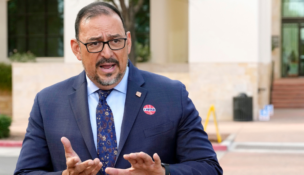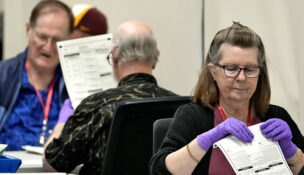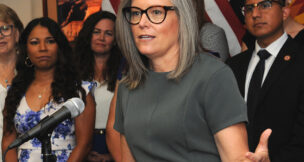Transportation Board OKs stimulus projects, but final list needs tweaking
Arizona Capitol Reports Staff//March 6, 2009//[read_meter]
Transportation Board OKs stimulus projects, but final list needs tweaking
Arizona Capitol Reports Staff//March 6, 2009//[read_meter]
The Arizona Transportation Board approved a list of projects to be funded with money from the federal stimulus package, but changes are expected after the state’s 13 rural counties have...
No tags for this post.

















